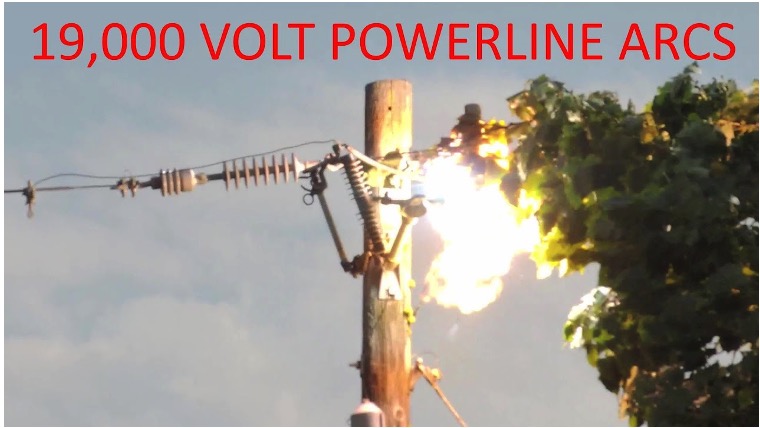Comments
PLANNING WATCH - I recently gave a guided tour of Los Angeles to a visitor. Most of the city looks shabby, except for the shiny new apartment buildings with expensive rents that few people can afford. Unfortunately, these new apartments did not result from public improvements, but from lucrative zoning waivers handed out by the City Council or the Planning Department.
Why has LA become such a run-down city? Part of the answer is painfully obvious, thousands of sleeping bags and tents on LA’s street for what the British call “rough sleepers,” and what we call LA’s homeless population of 46,000 people. I have written many columns about LA’s housing crisis, explaining how this preventable human tragedy stems from the abrupt termination of Federal (HUD) and local (CRA) public housing programs, court-ordered evictions, declining wages, investment companies buying up homes, and Council-adopted zone changes for individual projects and entire neighborhoods.
One reason LA’s infrastructure is in such bad shape is the city’s anemic planning process. LA’s two official infrastructure plans are over a half century old. The City Council adopted the follow-up General Plan Framework Plan in 1996, and it has two small infrastructure chapters: Infrastructure and Public Services and Transportation. But without implementation and monitoring, the Framework is only a shelf-document.
Because these infrastructure plans are so archaic, they set the stage for LA’s dilapidated infrastructure. When you drive through LA, like I did, this is what you see:
Broken, lifted sidewalks. Even though LA’s elected City Controllers have carefully monitored sidewalk lawsuits, especially the Willits case, the City’s response has largely been asphalt patches on the worst sidewalks. According to the previous City Controller:
“Unfortunately, the scale of the problem combined with the challenges presented by the City’s approach, means progress has been slow, leaving the City’s sidewalk maintenance backlog as daunting as ever.”
Cracked, pot-holed streets. Los Angeles has the largest municipal street system in the United States: 23,000 lane miles of streets and 800 miles of alleys. Unfortunately, much of it is marred by cracks and craters. According to the LA Times:
“More than 21 inches of rain have fallen since December (2023), filling reservoirs and turning the hillsides a lush green, but all that water has also seeped through cracks in streets, weakening layers of asphalt. As more cars drive over it, the asphalt eventually caves in, creating potholes big and small.”
Litter is everywhere in Los Angeles. Some of it results from dumping, but the rest is just the flotsam and jetsam of daily life that piles up on the city’s streets and sidewalks. One study of litter in Los Angeles found:
“Among major U.S. cities, Los Angeles was second only to San Francisco when it comes to the percentage of streets in which litter was present. . .”
Broken water mains and sanitary sewer lines. Much of the city’s crumbling infrastructure is underground. According to the Los Angeles Times:
“About one-fifth of the city's water pipes were installed before 1931 and nearly all will reach the end of their useful lives in the next 15 years. They are responsible for close to half of all water main leaks, and replacing them is a looming, $1-billion problem for the city.”
Declining tree cover. Even though many Los Angeles neighborhoods are a century old, they have never been planted with parkway trees. In other cases, the trees either died or developers removed them. In an article summarizing the adverse impact climate change and real estate projects on LA’s shrinking urban forest, Curbed LA reported:
“Deforestation was most accelerated in neighborhoods popular for McMansionization, where a smaller, older single-family home is replaced by a newer, much larger single-family home.”
Overhead wires. They are not ugly but arc during earthquakes, which makes them dangerous. While electricity for streetlights has been undergrounded, most LADWP power lines are still above ground.

Perhaps LA’s elected official have become so accustomed to greasing the wheels of real estate speculation, they no longer notice the urban blight that has overtaken the city?
(Dick Platkin is a retired Los Angeles city planner who reports on local planning issues for CityWatchLA. He is a board member of United Neighborhoods for Los Angeles (UN4LA). Previous columns are available at the CityWatchLA archives. Please send questions to [email protected].)
















